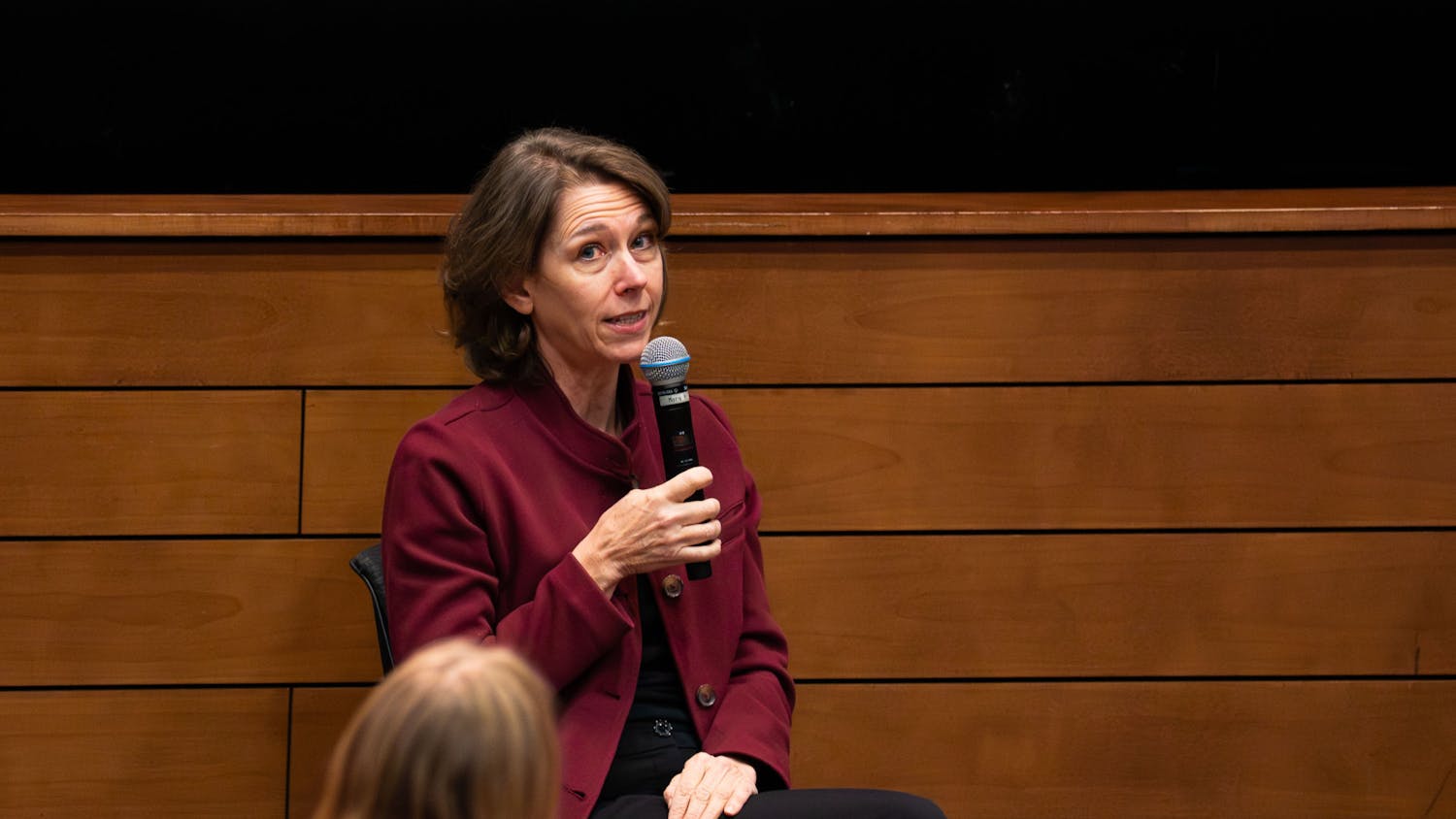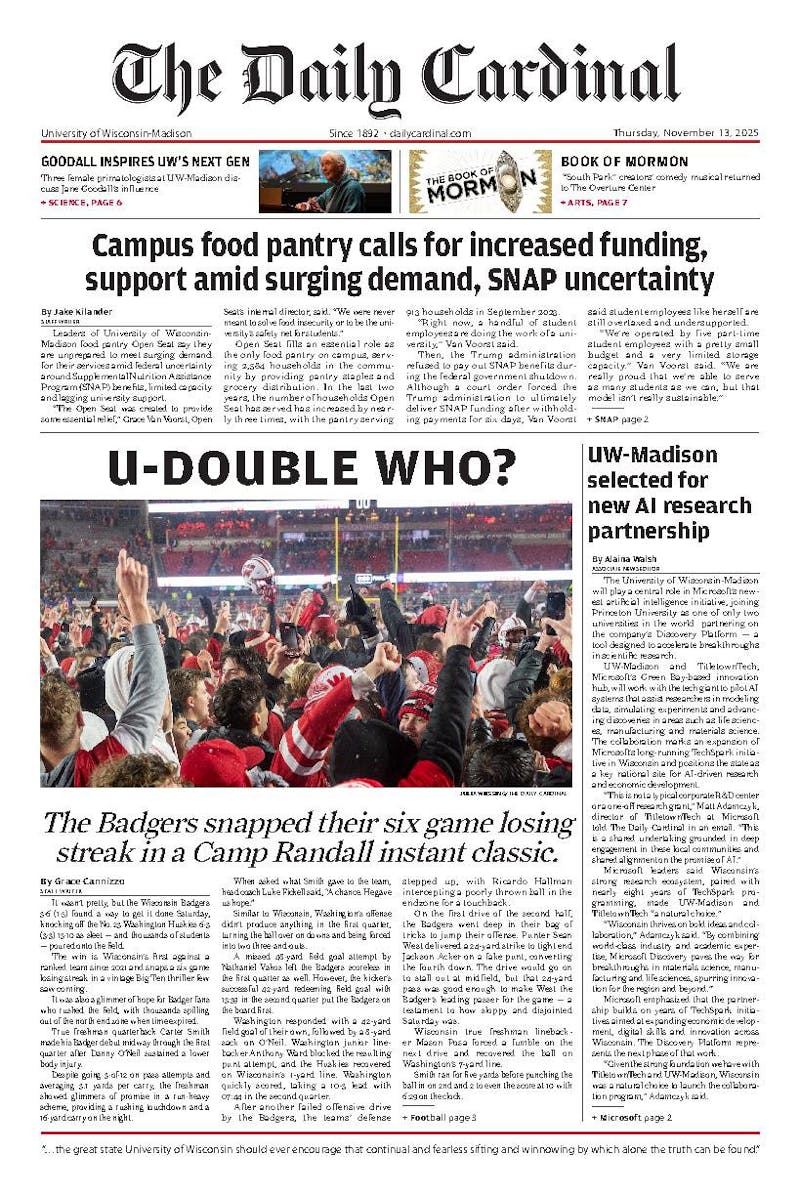Several scientists at the UW- Madison's Cooperative Institute for Meteorological Satellite Studies believe there is a significant story about Hurricane Katrina that has been left untold by the mainstream media. These hurricane researchers are convinced that accurate storm forecasting in the days leading up to Katrina's landfall kept the death toll from being in the millions.
Chris Velden, senior hurricane researcher at CIMSS, emphasizes the hurricane forecasts produced by the National Hurricane Center and the National Weather Service were a major reason over three million people were successfully evacuated out of harm's way.
\Can anyone comprehend what this storm would have resulted in if the National Weather Service forecasts were not so accurate in this case?"" Velden asked.
Velden, who works closely with the National Hurricane Center, stresses that amid the tragedy of these disasters, there is a positive story to be told.
Improvements in hurricane observing, analysis and prediction have saved many lives over the past several years, with Hurricane Katrina being but one example.
""There will be a 'death toll' from this storm many will say is unacceptable ... but the 'live toll' will reach into the millions,"" Velden said
To put this storm's forecast into perspective: Hurricane Katrina made landfall near Grand Isle, Louisiana, at approximately 6:30 a.m. central standard time Monday, Aug. 29, 2005. At 10:00 p.m. CDT on Friday, Aug. 26, about 56 hours prior to hitting the coast, the National Hurricane Center predicted that Katrina would come ashore almost exactly where the storm hit.
Unofficial estimates for this forecast time have put error at only 15 miles. The margin of error normally associated with a 48-hour position forecast is 158 miles. Katrina was also predicted at that time to reach ""Category Four"" status (wind speeds of 131 to 155mph), which it did.
CIMSS hurricane scientist Tim Olander states this was a ""highly accurate forecast,"" and that there is strong agreement to the accurate nature of Katrina's strength and intensity prediction within the scientific community.
While weather forecasters in general often take criticism for making ""bad forecasts,"" Olander explained that hurricane forecasters must walk a very fine line when predicting hurricanes.
""It is important not to go overboard when predicting a hurricane's landfall intensity, and there is value in remaining conservative with numbers,"" Olander said. ""It is important not to 'cry wolf', as this, over time, desensitizes people.""
Olander also explained there is a financial liability with disseminating hurricane forecasts.
""Every time a hurricane warning is made, money is lost,
Olander stated. ""For every mile of coastline warned, the local economy loses close to one million dollars.""
Both Velden and Olander acknowledge that in times of crisis, there is a tendency in the mainstream media to focus on what went wrong and who is to blame. According to Velden, however, special recognition must be paid to the National Hurricane Center and to those who risked their lives in the reconnaissance aircraft.
""Their efforts just may have saved millions of lives,"" he said.





